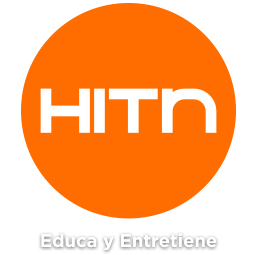By Herbert P. Ginsburg, Ph.D.
Most parents and young children (from roughly 2 years of age) love the experience of reading a storybook together. Watch how Rita Sanchez reads Goldilocks and the Three Bears with Sophia. They are at the point where Goldilocks discovers some chairs in the bears’ house.
Sophia was totally captivated by the story, as was Rita, a lively reader.But did you notice that Rita and Sophia were doing “informal math”?Sophia began by counting the chairs.Then Rita asked her to point to the relative sizes of the chairs—the smallest, and then the biggest, and finally the medium sized.Sophia identified them all, without difficulty.
That’s the end of the video, but Goldilocks contains even more everyday math.The bears are small, medium and large in size, and so are their bowls of porridge and beds.Also, each bear gets a chair, bowl and bed corresponding to its size: small for Baby, medium for Mama, and large for Papa.
All this is everyday math:
- First, counting is a common activity among preschoolers.Young children love to count and do it as they go up the stairs or play with their toys.
- Second, figuring out the relative sizes (small, medium, and large) of chairs, bowls and beds is also math, the math of measurement.Little children are fascinated by size differences.They often line up objects in order of size.They usually want to get the biggest, not the smallest, and frequently compare the size of their dessert with their sibling’s.This can lead to some arguments!
- The third math concept is more complex.The bigger the bear, the bigger the chair, bowl, and bed.We see this kind of pattern everywhere: the farther the trip, the longer it will usually take; the more you eat, the more stuffed you feel.This matching of sizes is a simple type of “algebra.”
So one way to foster your child’s math learning is to read picture books together.Read counting books and shape books.But also read storybooks that touch on other aspects of math.For example, Albert Is Not Scared (part of a series) is about how Albert the mouse learns not to be scared to go on amusement park rides that go up and down or left and right.The topic is spatial relations—a part of geometry.
Non-math picture books, like Hop on Pop by Dr. Seuss (usually considered to be a book that teaches reading), may also contain everyday math.Whatever books you choose to read, try to identify the everyday math and talk with your child about it (“What happened when Pat sat down?He sat on the hat!”). You’ll have fun and you will help your preschooler learn to love both math and reading and also be prepared for kindergarten.
Some books for you:
- A great list of prize-winning math picture books can be found at Mathical Book
- You can get a summer reading list at DREME
- Also, some recommended HITN English/Spanish bilingual math books are as follows:
References
“Albert Is Not Scared”, by Eleanor May and illustrated by Deborah Melmon.Kane Press, 2013. (This is one in a series.)
“Hop on Pop”, by Dr. Seuss. Random House, 1963.



